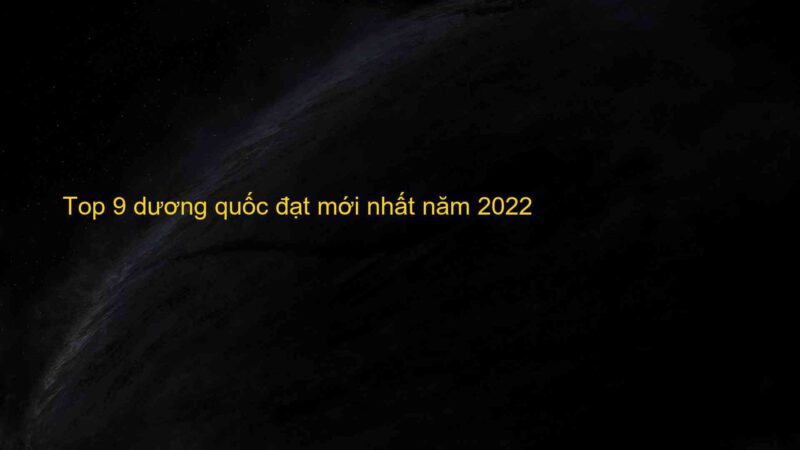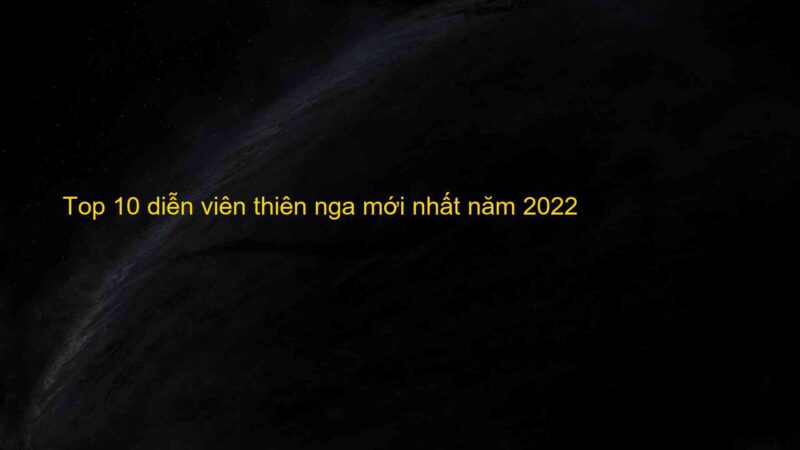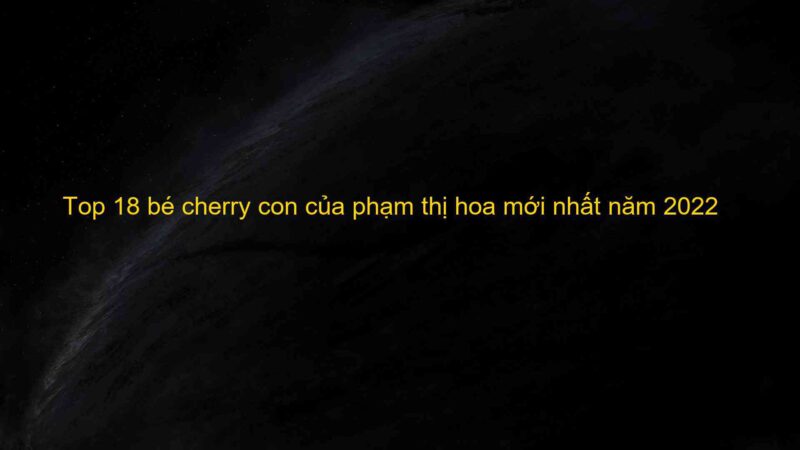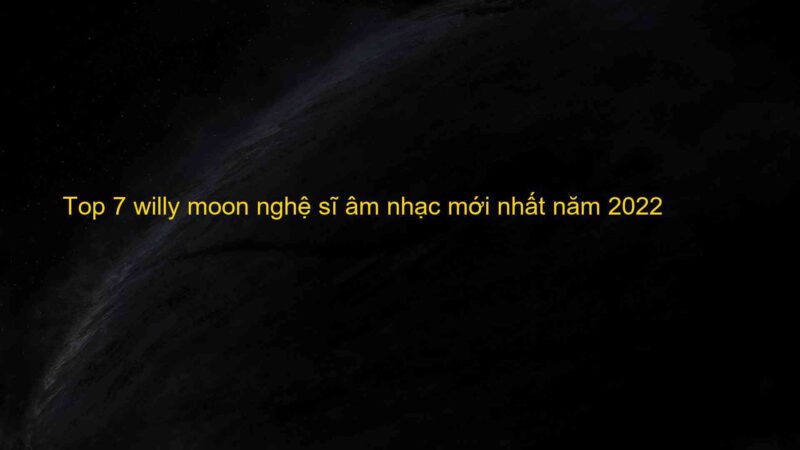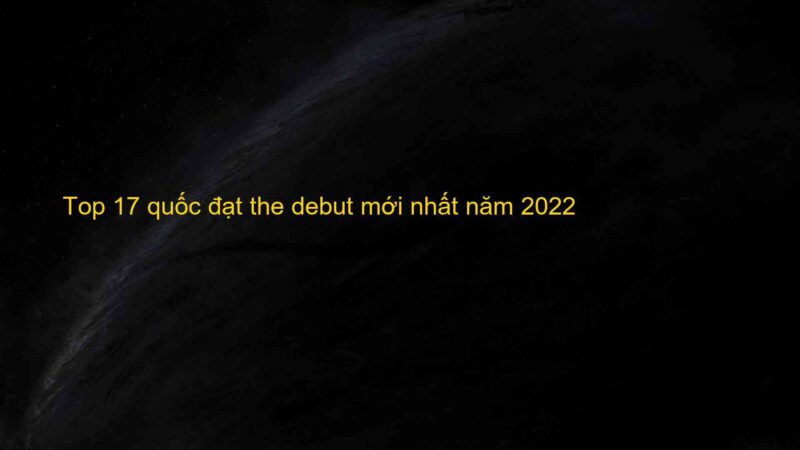Top 6 dumi mới nhất năm 2022
Dưới đây là các thông tin và kiến thức về chủ đề dumi hay nhất do chính tay đội ngũ sgo48 chúng tôi biên soạn và tổng hợp:
1. A Grammar of Dumi (Mouton Grammar Library [Mgl]): Driem, George van: 9783110123517: Amazon.com: Books
Tác giả: d.umijs.org
Ngày đăng: 10/10/2021 12:29 PM
Đánh giá: 3 ⭐ ( 80315 đánh giá)
Tóm tắt: A Grammar of Dumi (Mouton Grammar Library [Mgl]) [Driem, George van] on Amazon.com. *FREE* shipping on qualifying offers. A Grammar of Dumi (Mouton Grammar Library [Mgl])
Khớp với kết quả tìm kiếm: dumi · Out of the box · For developing libraries · Theme system · API automatically generated · Mobile component library development · Asset dataization capabilities….. read more
![A Grammar of Dumi (Mouton Grammar Library [Mgl]): Driem, George van: 9783110123517: Amazon.com: Books](https://images-na.ssl-images-amazon.com/images/I/21Jq4kJK99L._SY344_BO1,204,203,200_.jpg)
2. Dumi language
Tác giả: github.com
Ngày đăng: 08/02/2020 08:21 AM
Đánh giá: 3 ⭐ ( 22955 đánh giá)
Tóm tắt: Dumi language and dialect information. Audio Bible stories and lessons. Download free evangelism resources, MP3s, audio bible study tools, language/dialect information.
Khớp với kết quả tìm kiếm: Dumi là một ngôn ngữ Kiranti được nói ở khu vực xung quanh sông Tap và sông Rava và nơi hợp lưu của chúng ở phía bắc huyện Khotang, Nepal. Nó được nói ở các làng như Makpa, Kharbari, Baksila, Sapteshwor và Kharmi.
Các phương ngữ là Kharbari,……. read more
![]()
3. Dumi Name Meaning & Dumi Family History at Ancestry.com®
Tác giả: en.wikipedia.org
Ngày đăng: 08/30/2020 08:20 AM
Đánh giá: 5 ⭐ ( 65463 đánh giá)
Tóm tắt: Discover the meaning of the Dumi name on Ancestry®. Find your family’s origin in the United States, average life expectancy, most common occupation, and more.
Khớp với kết quả tìm kiếm: Dumi là một ngôi làng ở quận Achham thuộc vùng Seti phía tây Nepal. Vào thời điểm điều tra dân số năm 1991 ở Nepal, ngôi làng có dân số 1517 người sống trong 332 ngôi nhà. Vào thời điểm điều tra dân số ở Nepal năm 2001, dân số là 1877, trong đó 35% biết chữ….. read more
4. Dumi-Maichi-Na Chi-Maraire & Nyunga Nyunga Mbira | Dumisani Maraire | Nyami Nyami Records
Tác giả: en.wikipedia.org
Ngày đăng: 09/16/2019 11:43 AM
Đánh giá: 4 ⭐ ( 95168 đánh giá)
Tóm tắt: Dumi-Maichi-Na Chi-Maraire & Nyunga Nyunga Mbira by Dumisani Maraire, released 06 May 2022
1. Mwandikanganwa
2. Ndofa ndichibayiwa
3. Tichazomuona
4. Speechless 1 (ino mwii)
5. Zanu Inokuperekedza
6. Pamutunhu Usainte Jee
7. Hande Kubasa
8. Speechless 2 (ini mwii)
The album TICHAZOMUONA by Dumisani Abraham “Dumi” Maraire was a pioneering effort to promote mbira music. It is a family effort involving his wife Chengeto Linda “Mai Chi” Nemarundwe and their daughter, Chiwoniso “Chi” Maraire. Maraire was a mbira and marimba player, who taught for many years on the west coast of the United States, and was the moving spirit behind the popularity of Shona music in the USA and more widely.
Born in 1944 in Chakohwa Village in Mutambara, Eastern Zimbabwe, Dumi began learning music from family members early. In his late teens, he began to pursue music more seriously; in 1966, Dumi went to the Kwanongoma College of Music in Bulawayo and started to learn instruments like the nyunganyunga mbira and the marimba. The nyunganyunga mbira is a 15-Note kalimba (or lamellophone), named after the community from which it originated; thousands of youths learnt traditional songs on this instrument at Kwanongoma.
Before colonialism, the mbira was considered sacred; though vital to Shona culture, its importance in traditional ceremonies suffered during and after colonialism. With the arrival of the settlers, many locals converted to Christianity, where the colonialist missionaries preached that mbira music was connected to evil spirits.
The rise of pan-Africanism and patriotism in the postcolonial era brought a more tolerant and respectful stance towards musical instruments like the mbira. At independence in 1980, traditional Zimbabwean music, following heavy Rhodesian censorship, began receiving more airtime on radio and television. After independence, artists like Thomas Mapfumo, Zexie Manatsa, Marshall Munhumumwe, Jonah Sithole, and Robson Banda started performing popular guitar music that replicated the mbira’s sound.
Dumi and others, including Ephat Mujuru, Beulah Dyoko, Cosmas Magaya and Stella Chiweshe, played traditional mbira music, sometimes accompanied by the ngoma (drum) and hosho (shakers) as well. Dumi is credited with developing the 1–15 number notation used on the nyunganyunga mbira, and notating the song Chemutengure; this song is used to teach mbira learners the technique of playing the instrument.
Dumi was a visiting professor in the University of Washington’s ethnomusicology department from 1968 to 1972. Composing in Shona, he specialised in marimba, singing, dancing and drumming. He taught at The Evergreen State College in Olympia in the 1970s, giving private lessons and touring the Pacific Northwest and British Columbia with several marimba groups he founded.
After watching a young Linda Nemarundwe perform one of his mbira arrangements at a 1972 workshop in Zimbabwe, Maraire offered to teach her more, and they worked together for the rest of the conference, playing together at a final performance. Dumi eventually married Mai Chi in 1975, and she joined him in Seattle, where he continued teaching and performing Zimbabwean music, while she earned her BA in Early Childhood Education.
In 1982, the family returned to Zimbabwe; Mai Chi worked for the Save the Children Fund, while Dumi developed the ethnomusicology programme at the University of Zimbabwe. During this time, in 1986, they recorded the album TICHAZOMUONA, featuring their 10-year-old daughter Chiwoniso on the title track.
The entire recording is a masterpiece of traditional mbira playing, combining the intimate with the spiritual to fashion a genre-defining sound. When you pick up a mbira, you feel you are picking up the history of a part of Africa, a complete way of making music, a whole social system of music and religion and history. As such, it can be confusing as to who is, in fact, playing who. In Dumi’s own words:
“When a mbira player plays his instrument, he is not playing it for the world. He is not trying to please people, nor is he performing. What he is doing is conversing with a friend. He teaches his friend what to do, and his friend teaches him what to do… To me, a mbira is a lively instrument. It amazes me when I hear all these different things in my way of playing. This is not because I am playing different patterns without knowing what I am doing, but because, as I give the mbira more, I get more from it. So, in simple terms, I can say that the mbira is always in front, giving the materials to the player, and the player follows behind, emphasising these while at the same time asking for more. What more can one say of such an instrument but that it is a friend indeed?”
Indeed, this personal relationship with his instrument led Dumi to credit the Nyunganyunga Mbira separately on the original album cover (even while his daughter’s name, Chiwoniso, was slightly misspelt).
Four years later, he was back in Seattle, teaching and earning his doctorate in ethnomusicology at the University of Washington. When Dumi finally returned permanently to Zimbabwe in 1990 to take a position at the University of Zimbabwe, Mai Chi remained in the US, making her home in Portland, Oregon, where she developed her renowned love of cooking into a catering business.
Mai Chi was a multi-dimensional musician in her own right – vocalist, marimba player, drummer, dancer – who involved herself deeply with the African music community in the Pacific Northwest, sharing her musicality freely and openly until she died in 1997. Dumi himself died in 1999, having inspired thousands to explore Shona culture by providing a vivid example with his own family.
Chiwoniso also passed away in 2013 after an inspirational career of her own.
The first-ever release of Nyami Nyami Records was the song Zvichapera by Chi, which she recorded a few weeks before she passed; this song was the reason this label was created.
Dumi similarly influenced countless musicians. From his years of residence in the US as a visiting musician, Maraire catalysed a network of Americans playing Zimbabwean music across the United States, focused primarily on the West Coast in Oregon, Washington, and California, with other communities in Colorado and New Mexico.
During his years spent teaching in Zimbabwe, many important mbira players crossed Dumisani Maraire’s path, and many musicians inspired by him have worked to perform, teach, and spread Zimbabwean music around the world. Several of Dumi’s surviving children have also gone on to be musicians themselves.
Khớp với kết quả tìm kiếm: Documentation Generator of React Component. Contribute to umijs/dumi development by creating an account on GitHub….. read more

5. DUMI
Tác giả: www.npmjs.com
Ngày đăng: 03/13/2020 06:09 AM
Đánh giá: 5 ⭐ ( 40304 đánh giá)
Tóm tắt: Looking for online definition of DUMI or what DUMI stands for? DUMI is listed in the World’s largest and most authoritative dictionary database of abbreviations and acronyms
Khớp với kết quả tìm kiếm: Dumi (also Duni) is a village in Achham District in the Seti Zone of western Nepal. At the time of the 1991 Nepal census, the village had a population of ……. read more

6. Dumi Rai » Introduction
Tác giả: www.instagram.com
Ngày đăng: 06/01/2020 06:15 PM
Đánh giá: 4 ⭐ ( 12040 đánh giá)
Tóm tắt:
Khớp với kết quả tìm kiếm: Dumi is a Kiranti language spoken in the area around the Tap and Rava rivers and their confluence in northern Khotang district, Nepal….. read more



